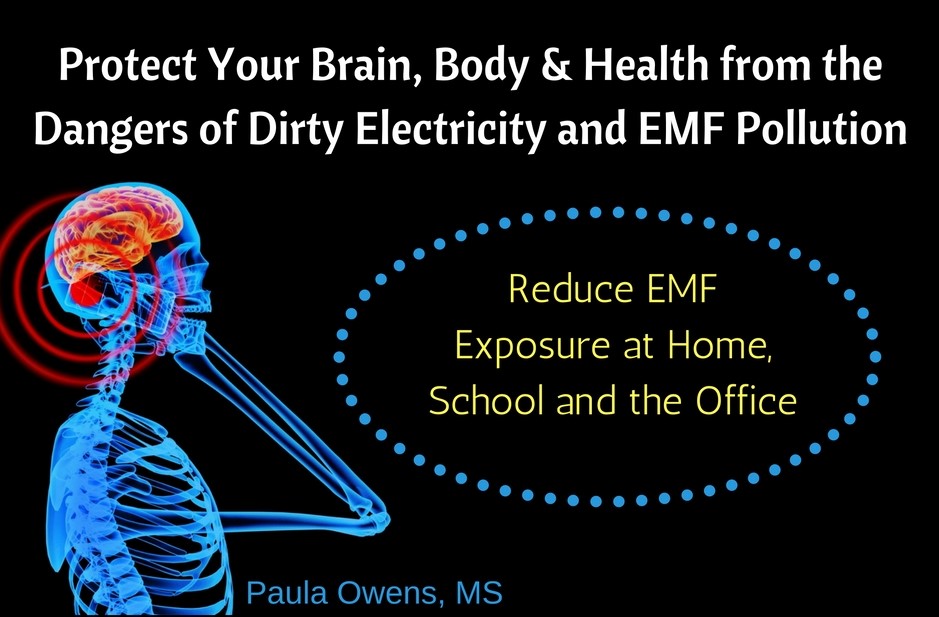5G Radiation and Pores and skin Cancer

This article discusses the topic of 5G radiation. It is a non-ionizing form of electromagnetic radiation. Since 5G radiation is small, it does not have the capacity to break chemical bonds in biological tissue or cause any changes to cells. It isn't known whether the effects of 5G radiation alter the risk of developing skin cancer. No evidence has been discovered to suggest that it could cause other illnesses.
Millimeter-wave radiation with high frequency
High-frequency millimeter wave radiation emitted by mobile devices and wireless networks could cause health issues to humans. There are several ways this radiation could cause harm. In some instances the radiation could cause damage to the person's DNA. In other cases, it may cause damage to other areas in the human body like the brain.
Recent studies have shown that 5G technology can induce thermal heating in tissues. This is why scientists from International Council on Non-Ionizing Radiation Protection (ICNIRP) has called for a review of the existing safety standards for biological and thermal safety. The current exposure standards are not adequate to protect individuals from extreme heat in the event of exposure to millimeter wave pulses.
Skin cancer risk
There isn't a definitive answer at present to the issue of whether radiation from 5G causes skin cancer. It is however believed that 5G RF-EMFs behave much like high-LET ionizing radiations. This means that they can produce high levels of free radicals within the skin. The FCC has not issued any specific guidelines on the dangers of 5G technology, and the debate on the subject continues.
Although there has been a variety of studies regarding the impact of radio waves with higher frequencies on the health of humans, they have remained largely limited in the scope. However, there is concern over the effects of millimeter-wavelength exposure on oxidative stress and gene expression. The effects could extend to the skin and various organs, including the brain.
Influence on other diseases
An innovative new technology in wireless, called 5G, is rapidly gaining ground However, researchers are warning about its potential health risks. 5G technology is expected to significantly increase the amount of electromagnetic radiation in our surroundings. This issue has sparked debates in many nations which includes Switzerland. In September 2017 390 doctors and scientists were in favor of an end to 5G deployment. is 5g dangerous to humans was not heeded by the European Commission, which is in charge of regulating the use of 5G technology.
Therefore there is a need for more research to assess the health effects of 5G. However, studies have shown that 5G doesn't cause the same effects in humans as the old mobile networks. It also does not spread a new type of coronavirus. Additionally, it does not make people more vulnerable to infections caused by viruses.
Exposure measurement
The measurement of exposure to 5G radiation is a vital aspect in ensuring the safety of 5G networks. There are two ways to determine exposure. One involves measuring RF power absorption by human tissues. The other involves measuring the amount of radiofrequency energy emitted from an object. The term "radiofrequency energy" (RF) can be described as an energy source that comes directly from radio receivers.
Within the United States, the FCC has implemented a limit on the energy density of mobile devices running 5G. The tests are able to measure power density at a distance of several inches, and it is the FCC does not require measurements of each beam. However https://paste1s.com/notes/163F9YQ of each beam can be determined by computer simulation. The worst case scenario is then selected depending on the beam's configuration. each beam.
Study limitations
There's been a lot of discussion about the impact of 5G radiation on the health of people. In the case of 5G, for instance. Swiss Government, for example has released a report which concludes that the technology is not likely to cause adverse health effects in the short term, however, there aren't any studies that have demonstrated long-term negative effects. But, the report has a variety of issues and bias in reports.

The frequency and power of the radio waves that transmit energy are determined by the frequency. The energy that is carried by a millimetre waves will be identical to the current radio waves, but they are much less visible and are better suited for high-density environments, since they will not be easily obscured by walls or glass. High-density urban areas would require a large number of small, low-power sites, and suburban areas will be better served by 5G networks that operate at lower frequencies.
